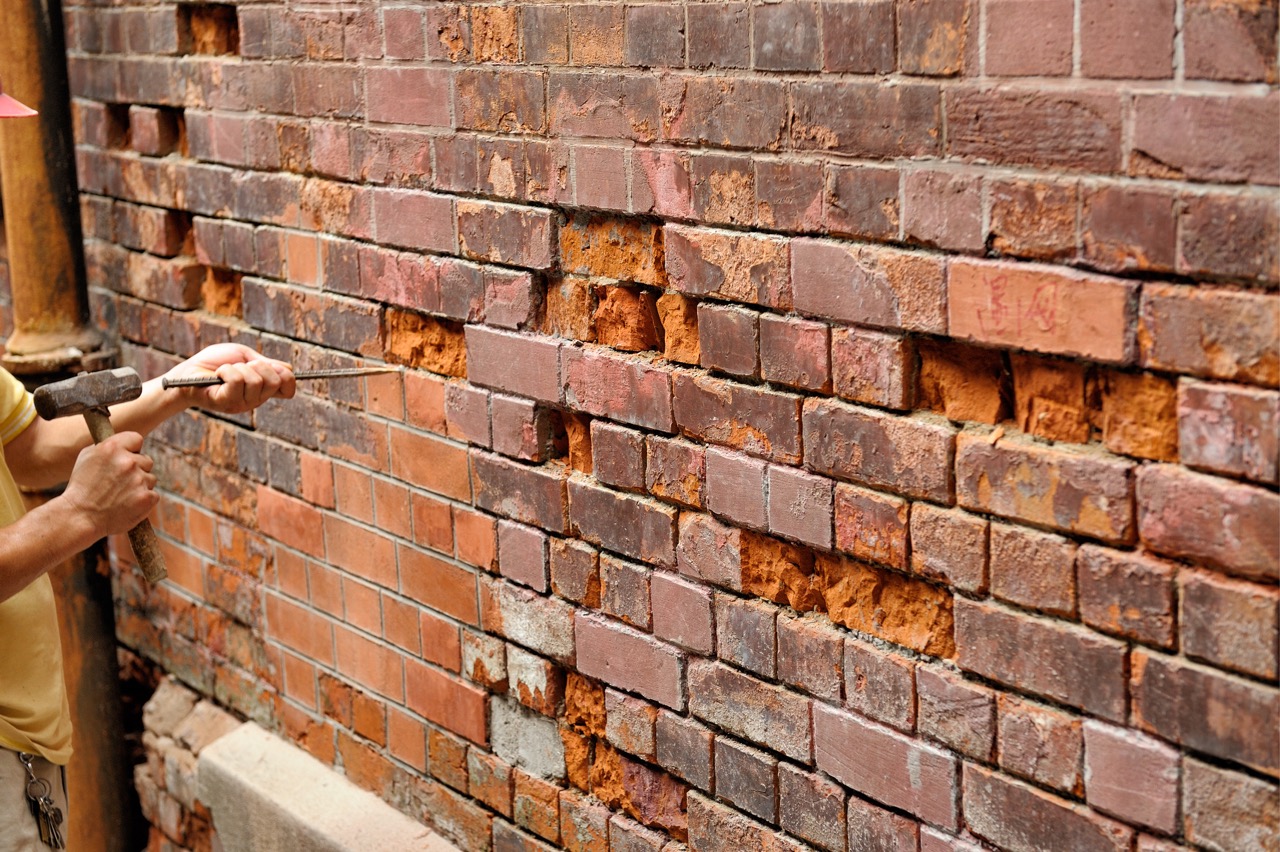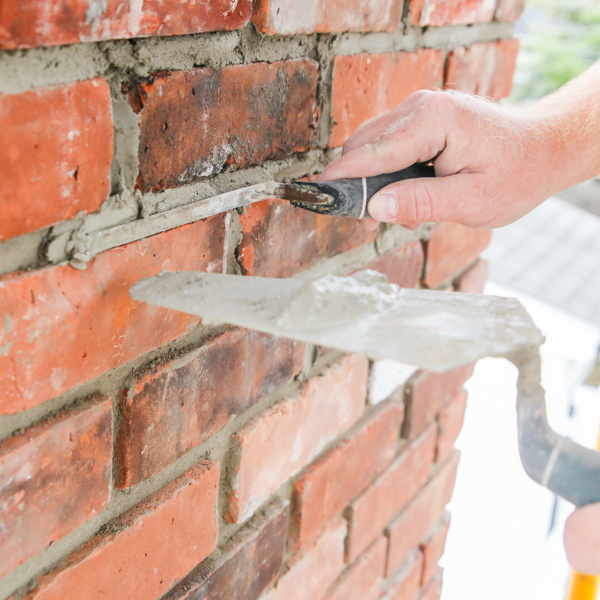Premier Roofing Contractor Services for Your Home
Premier Roofing Contractor Services for Your Home
Blog Article
Opening the Tricks of Lasting Stonework Building And Construction Practices for Eco-Friendly Buildings
Among the myriad techniques to eco-friendly structure, lasting masonry building stands out as a reliable and resilient approach that holds a riches of untapped capacity. From the selection of materials to ingenious construction methods, the keys to achieving sustainability within stonework building are multifaceted and appealing.
Benefits of Sustainable Stonework Building And Construction
Embracing sustainable stonework building techniques not just minimizes environmental influence but also supplies lasting financial benefits to contractors and communities. By utilizing materials like recycled bricks, obstructs, and stones, contractors can considerably decrease the carbon impact of their tasks while advertising resource efficiency. In addition, sustainable stonework building and construction methods, such as proper insulation and thermal mass buildings, can boost energy performance within structures, leading to lowered operational prices gradually.
Furthermore, the toughness and durability of stonework structures add to long-lasting financial benefits. Structures constructed using lasting masonry techniques frequently call for less repair and maintenance, converting to cost financial savings for builders and homeowner. The long life of masonry materials additionally makes certain that structures continue to be stable and safe, reducing the requirement for constant renovations or replacements.
Eco-Friendly Masonry Materials
Utilizing environment-friendly masonry materials is a crucial step towards improving the sustainability of building techniques and reducing environmental impact while taking full advantage of lasting financial benefits. Lasting masonry products are sourced, created, and made use of in a manner that minimizes general ecological effect. Materials such as recycled bricks, recovered stone, and sustainable concrete blocks are coming to be significantly prominent choices for eco-conscious contractors. Recycled blocks, as an example, not just divert waste from land fills yet also require much less energy to create compared to new blocks. Reclaimed rock offers an unique aesthetic charm while minimizing the demand for new quarrying. Sustainable concrete blocks include recycled accumulations and may feature enhanced insulation buildings, adding to energy efficiency in buildings.
Additionally, natural products like adobe, rammed earth, and straw bundles provide excellent thermal mass residential or commercial properties, decreasing the demand for home heating and cooling energy. These materials are often in your area readily available, promoting regional economies and minimizing transportation-related carbon exhausts. By picking green stonework materials, construction tasks can dramatically decrease their ecological footprint and add to the creation of healthier, much more sustainable developed settings.
Energy-Efficient Stonework Methods
Energy performance plays a vital role in boosting the sustainability of stonework building techniques. By carrying out energy-efficient stonework methods, building contractors can considerably lower the overall power consumption of a building, causing lower operational prices and a smaller environmental footprint. One crucial energy-efficient masonry technique is making use of thermal mass, which includes integrating thick products like concrete or block right into the structure's structure to absorb and save warm. This helps control indoor temperature levels, reducing the requirement for mechanical home heating and cooling down systems.

Advancements in Sustainable Stonework
Recent developments in sustainable masonry techniques have actually brought about ingenious strategies that are reshaping the building and construction market. One such development is the development of self-healing concrete, which utilizes bacteria embedded within the concrete to heal splits autonomously. This breakthrough not just reduces upkeep prices yet likewise improves the durability of stonework structures, adding to their sustainability.
An additional notable development is making use of recycled aggregates in masonry construction - masonry contractor. By incorporating products such as smashed ceramic waste or recycled glass go into concrete blends, home builders can minimize the ecological influence of construction projects while preserving architectural stability. This technique not only diverts waste from landfills but additionally preserves natural deposits, making it an essential development in sustainable stonework building
Moreover, the assimilation of digital design tools, such as Building Information Modeling (BIM), is reinventing the way masonry frameworks are planned and built. BIM permits more exact calculations, decreased product waste, and improved energy performance, eventually leading to more sustainable building methods. These advancements jointly signify an appealing future for sustainable stonework building in the period of environment-friendly buildings.
Future Trends in Stonework Sustainability
With the innovative strides made in lasting masonry practices, the future fads in stonework sustainability are poised to further transform the building and construction sector. Among the crucial patterns shaping the future of stonework sustainability is the boosted combination of innovation. Developments such as Building Info Modeling (BIM) and online fact simulations are being used to maximize masonry building procedures, leading to minimized product waste and boosted energy efficiency in buildings.
Additionally, the advancement of unique lasting products is readied to play a considerable function in enhancing the eco-friendliness of stonework building. masonry contractor. Innovations like self-healing concrete, recycled aggregates, and bio-based binders are acquiring grip for their capability to decrease environmental influence while keeping structural honesty

Verdict
Finally, lasting stonework building methods supply numerous benefits for environmentally friendly buildings. By using green materials and energy-efficient methods, stonework can add to a more sustainable constructed setting. Innovations in lasting masonry are continually being created to additionally enhance concrete floor paint designs the ecological performance of buildings. Looking towards the future, the fad of stonework sustainability is anticipated to grow, causing more ecologically friendly and energy-efficient construction practices in the years ahead.
Report this page